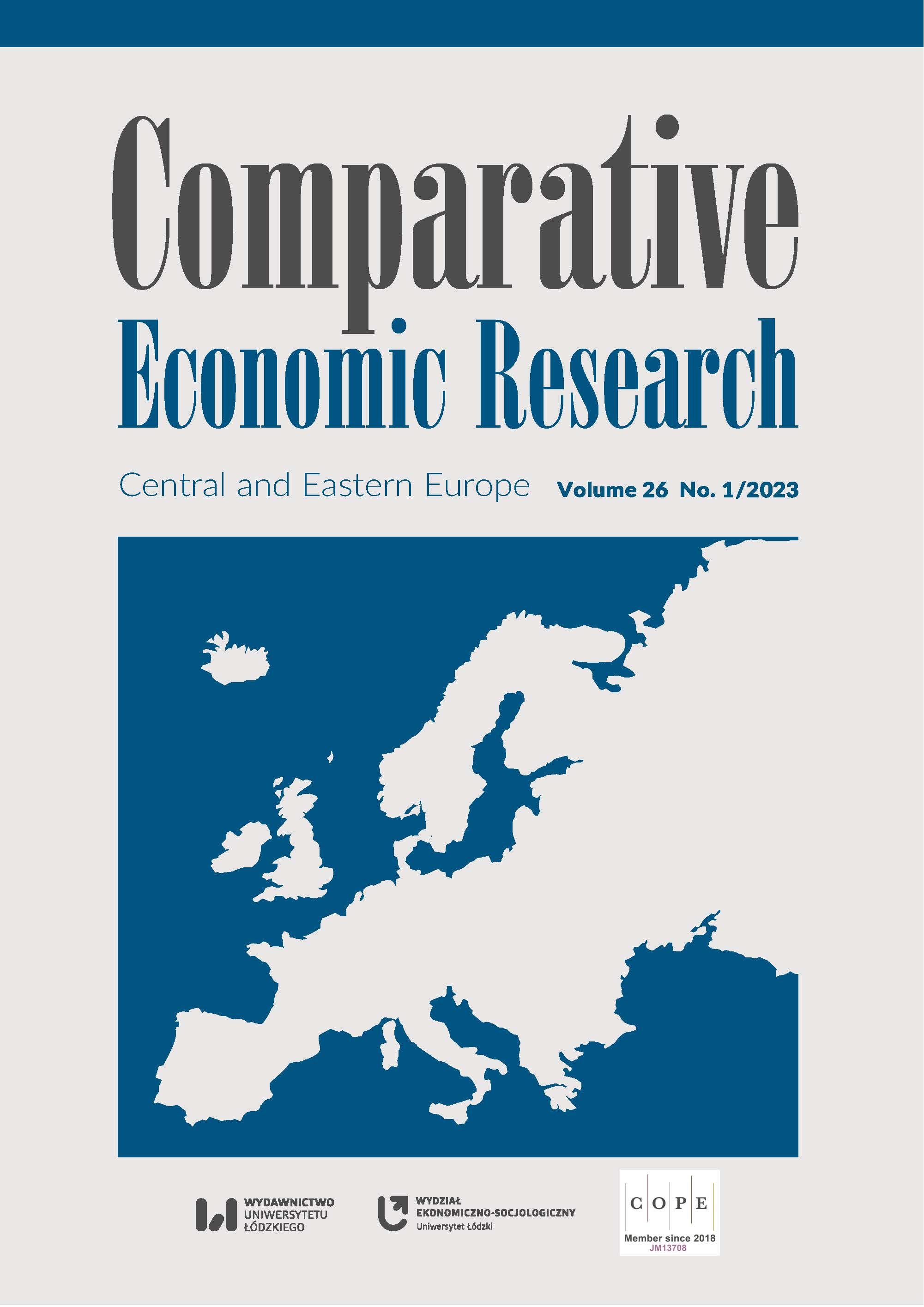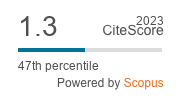The Effectiveness of Implementing European Union Structural Funds in the 2014–2020 Programming Period. A Comparative Analysis of Poland and Italy
DOI:
https://doi.org/10.18778/1508-2008.26.07Keywords:
European Union, cohesion policy, structural funds, effectivenessAbstract
The aim of the European Union’s cohesion policy is to reduce development inequalities between the regions of the Member States and to increase economic, social, and territorial cohesion. Expenditures on it account for one‑third of the European Union (EU) budget. Therefore, the appropriate and effective use of the structural funds plays a very important role.
The purpose of the paper is to show the effectiveness of using the EU’s structural funds in two of the largest beneficiary countries in the programming period 2014–2020. The first part of the paper presents the efficiency and effectiveness of using EU structural funds and the barriers related to their implementation, as well as the main characteristics of the 2014–2020 programming period. The second part contains a statistical analysis of the effectiveness of implementing the cohesion policy in Poland and Italy, comparing the amounts of planned and spent funds in the analyzed period. The main method is the statistical analysis, which includes asummary of the amount of allocated funds and their use, as well as a calculation of the percentage of structural funds used. The theoretical part shows potential problems related to the implementation, while the statistical part shows the scale of the problem and the areas with the greatest problems with implementation in both countries.The analysis takes into account thematic objectives, as well as national and regional operational programs.
Downloads
References
Commission Implementing Decision (EU) 2016/1941 of 3 November 2016 (2016), https://eur-lex.europa.eu/legal-content/EN/ALL/?uri=CELEX:32016D1941 (accessed: 12.08.2022).
Google Scholar
Downes, R., Moretti, D., Nicol, S. (2017), Budgeting and performance in the European Union: A review by the OECD In the context of EU budget focused on results, “OECD Journal on Budgeting”, 17 (1), https://doi.org/10.1787/budget-17-5jfnx7fj38r2
Google Scholar
DOI: https://doi.org/10.1787/budget-17-5jfnx7fj38r2
European Commission (n.d.), Cohesion Open Data Platform. Explore 2014–2020 data by country, https://cohesiondata.ec.europa.eu/countries/PL (accessed: 28.07.2022).
Google Scholar
European Commission (n.d.), Cohesion Open Data Platform. 2014–2020 ESIF Overview, https://cohesiondata.ec.europa.eu/overview/ (accessed: 28.07.2022).
Google Scholar
European Commission (2015), European Structural and Investment Funds 2014–2020: Official texts and commentaries, Publications Office of the European Union, Luxembourg, https://op.europa.eu/en/publication-detail/-/publication/fb4e979d-b377-11e5-8d3c-01aa75ed71a1 (accessed: 28.07.2022).
Google Scholar
European Parliament (2013), Regulation (EU) No. 1303/2013 of the European Parliament and of the Council of 17 December 2013,https://eur-lex.europa.eu/legal-content/en/TXT/?uri=celex%3A32013R1303 (accessed: 20.07.2022).
Google Scholar
European Parliament (2018), Performance budgeting. A means to improve EU spending. In‑depth analysis, Publications Office, Luxembourg, https://data.europa.eu/doi/10.2861/911581 (accessed: 12.08.2022).
Google Scholar
Godek, K. (2008), Efektywność wykorzystania funduszy strukturalnych Unii Europejskiej w Polsce, “Studenckie Prace Prawnicze, Administratywistyczne i Ekonomiczne”, 5, pp. 23–35.
Google Scholar
Incaltarau, C., Pascariu, G.C., Surubaru, N.‑C. (2020), Evaluating the Determinants of EU Funds Absorption across Old and New Member States – The Role of Administrative Capacity and Political Governance, “Journal of Common Market Studies”, 58 (4), pp. 941–961, https://doi.org/10.1111/jcms.12995
Google Scholar
DOI: https://doi.org/10.1111/jcms.12995
Kukliński, A., Malak‑Pętlicka, E., Żuber, P. (eds.) (2010), Southern Italy – Eastern Germany – Eastern Poland: The Triple Mezzogiorno, Ministry of Regional Development, Warsaw.
Google Scholar
Lewandowski, K. (2013), Rola środków wspólnotowych w przezwyciężaniu dualizmu gospodarczego we Włoszech, Wydawnictwo Uniwersytetu Łódzkiego, Łódź, https://doi.org/10.18778/7525-836-3
Google Scholar
DOI: https://doi.org/10.18778/7525-836-3
Oleksiuk, A. (2018), Wyzwania rozwojowe Polski w okresie programowania 2014–2020 w kontekście unijnej polityki spójności ze szczególnym uwzględnieniem infrastruktury transportowej i inteligentnego rozwoju, “Przegląd Wschodnioeuropejski”, 9 (1), pp. 65–81, https://doi.org/10.31648/pw.3366
Google Scholar
DOI: https://doi.org/10.31648/pw.3366
Sgueo, G. (2016), Participatory Budgeting. An Innovative Approach, Briefing, EPRS, https://doi.org/10.2139/ssrn.2712213
Google Scholar
DOI: https://doi.org/10.2139/ssrn.2712213
Tracz‑Krupa, K. (2015), Efektywność a skuteczność wykorzystania środków Programu Operacyjnego Kapitał Ludzki w perspektywie 2007–2013 w Polsce, “Research Papers of Wrocław University of Economics”, 386, pp. 329–342, https://doi.org/10.15611/pn.2015.386.22
Google Scholar
DOI: https://doi.org/10.15611/pn.2015.386.22
Downloads
Published
How to Cite
Issue
Section
License

This work is licensed under a Creative Commons Attribution-NonCommercial-NoDerivatives 4.0 International License.











